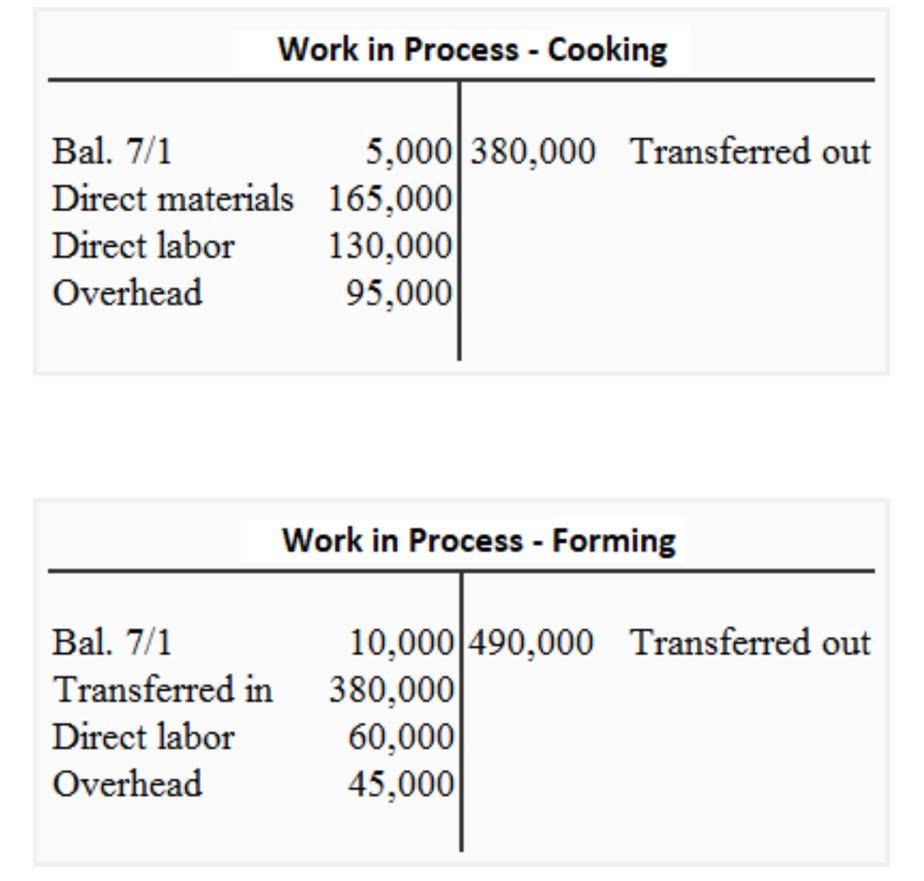
The two borrowers present with different credit profiles, and the lender stands to suffer a greater loss when Borrower B defaults since the latter owes a larger amount. Although there is no standard practice of calculating LGD, lenders consider an entire portfolio of loans to determine the total exposure to loss. Concentration risk is the level of risk that arises from exposure to a single counterparty or sector, and it offers the potential to produce large amounts of losses that may threaten the lender’s core operations. The risk results from the observation that more concentrated portfolios lack diversification, and therefore, the returns on the underlying assets are more correlated.
A bond with a AAA credit rating, for example, is less of a credit risk compared to a bond with C rating. Collateral is used to mitigate credit risk by requiring you to offer some type of security against a loan. For example, if you’re getting a loan to buy equipment the equipment itself could serve as collateral. If you default on the loan, the lender can repossess the equipment and sell it to try and recoup some of its losses. Therefore, credit risk can hurt the profitability, liquidity, and solvency of financial institutions. Hence, assessing and managing credit risk is vital for financial institutions.
How confident are you in your long term financial plan?
Often credit quality does not change to default; it changes over a period of time. There is a lapse time before the market, lender and others note credit quality changes. Meanwhile, the obligor withdraws the lines of credits and commitments (on balance sheet) and off-balance sheet items such as contingent facilities. The eight articles in this series together describe the transformation of credit risk measurement at these three levels. The fluctuations in interest rates affect banks’ earnings by changing their Net Interest Income (NII).
- The public equities fund, which started trading under the Catalio banner at the start of the year, is up 21% through mid-December, a source familiar with the firm said.
- Although there is no standard practice of calculating LGD, lenders consider an entire portfolio of loans to determine the total exposure to loss.
- Credit rating agencies estimate the probability of default for businesses and other entities that issue debt instruments, such as corporate bonds.
- Similarly, if a country’s fiscal situation worsens or its political stability declines, it may be downgraded by Standard & Poor’s or DBRS.
- Imagine two borrowers with identical credit scores and identical debt-to-income ratios.
A credit rating is the outcome of credit analysis that assigns a numerical or alphabetical score to a borrower or a debt instrument based on their credit risk. It helps to assess credit risk by putting borrowers into three different risk baskets, such as low risk, medium risk, or high risk. In personal lending, creditors will want to know the borrower’s financial situation – do they have other assets, other liabilities, what is their income (relative to all of their obligations), and how does their credit history look? Exposure at Default (EAD) evaluates the amount of loss exposure that a lender is exposed to at any particular time, and it is an indicator of the risk appetite of the lender.
Overview of Credit Scoring and Rating Systems
The quantification of credit risk is the process of assigning measurable and comparable numbers to the likelihood that a borrower won’t repay a loan or other debt. The factors that affect credit risk range from borrower-specific criteria to market-wide considerations. The concept types of credit risk behind credit risk quantification is that liabilities can be objectively valued and predicted to help protect the lender against financial loss. Moreover, credit risk can impair the quality and value of the assets that financial institutions hold as collateral or investments.
- The Basel Accords are a set of international banking regulations developed by the Basel Committee on Banking Supervision (BCBS) to enhance the stability of the global financial system.
- Senior management must ensure that the
credit risk strategy is implemented effectively, including by establishing a
board-approved credit risk policy. - Individual outcomes of credit risk analysis include granting credit with specific credit conditions or even approving exceptional credit to borrowers who may not qualify within standard policies.
- Credit risk refers to the possibility of a borrower failing to meet their financial obligations.
